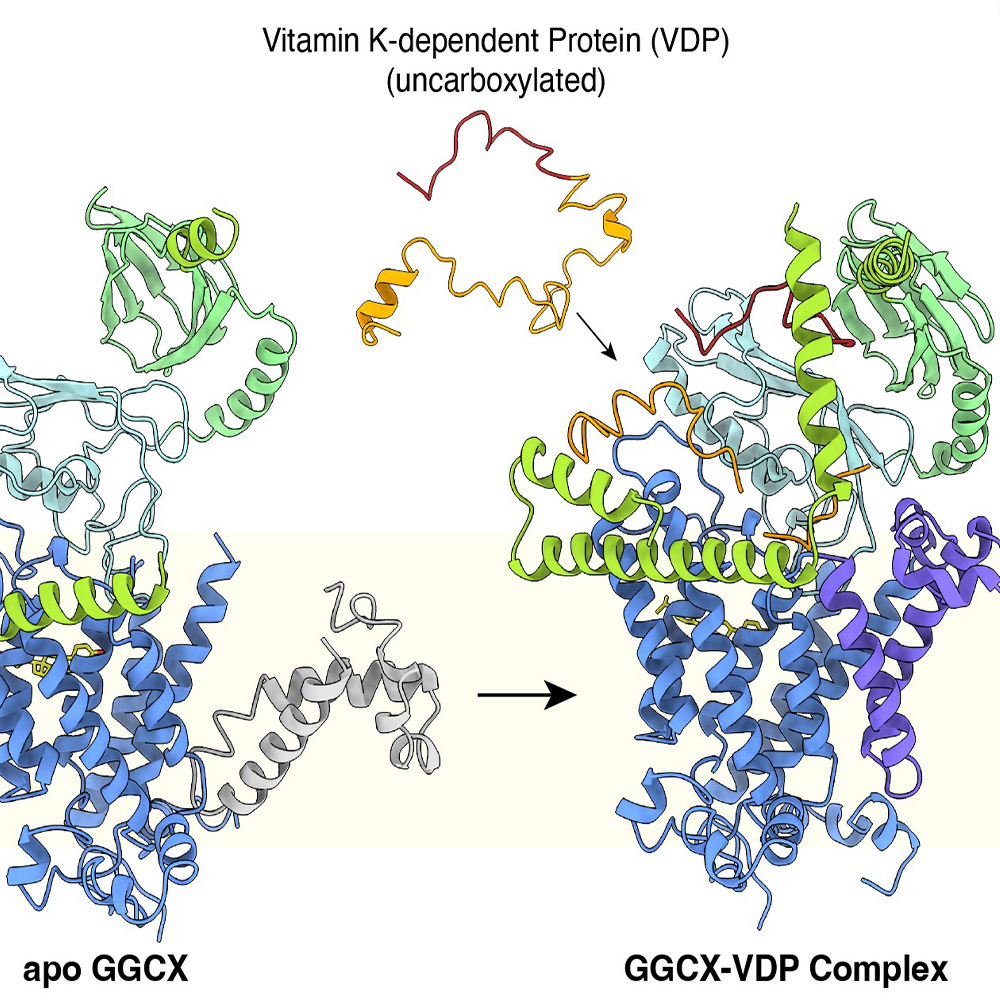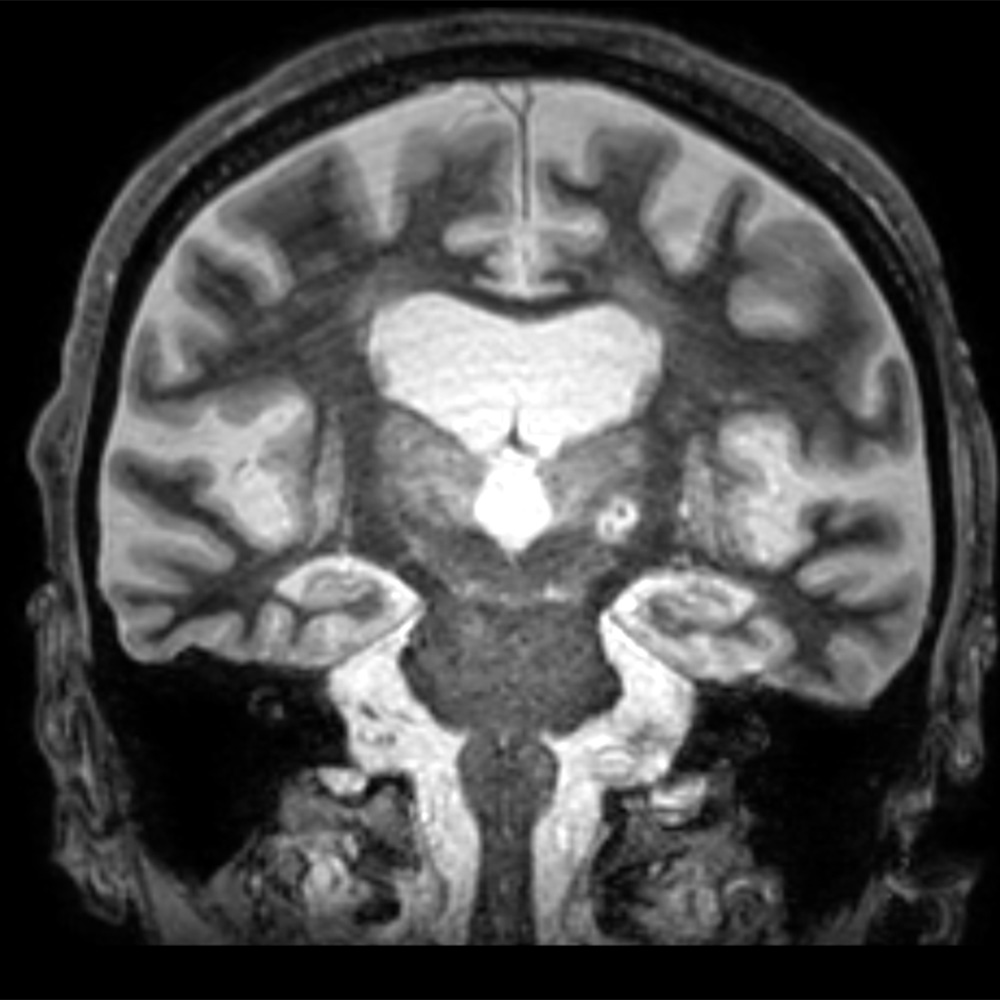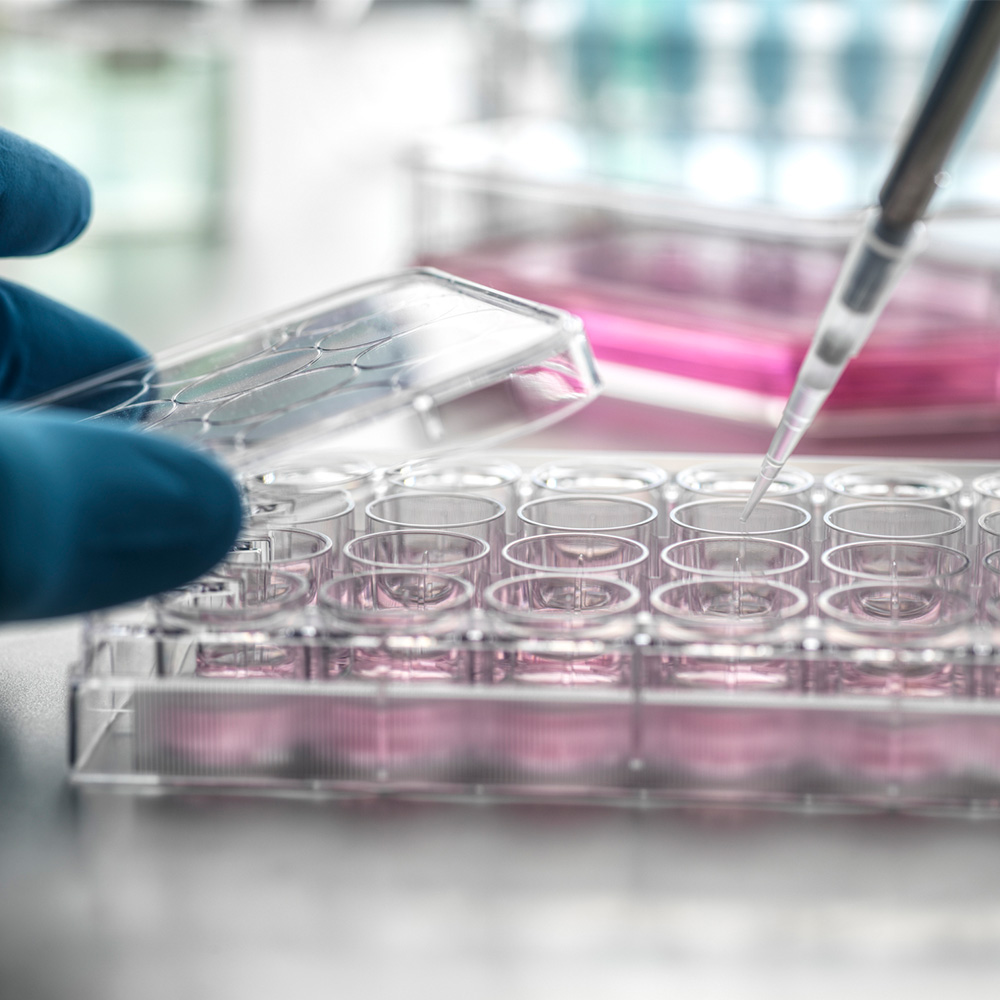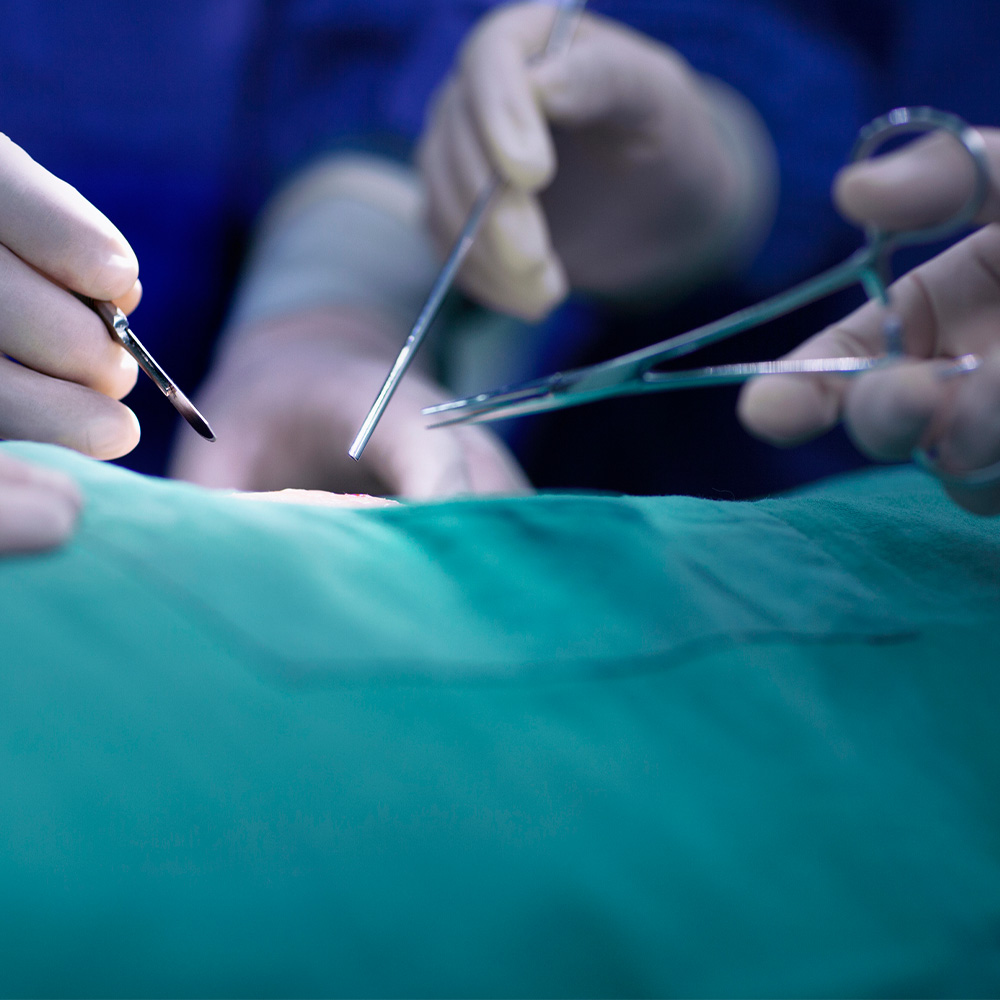New mom: I have to live for my son
New mom: I have to live for my son: Newsroom, UT Southwestern, Dallas, Texas
DALLAS – Oct. 3, 2018 – After five years of fertility treatments and frustration, Meredith Greenstreet got the gift she and her husband had been longing for. Their beautiful baby boy was born in April of 2010. Ten months after Benjamin’s birth came another medical hurdle: Meredith started having trouble catching her breath while playing soccer, her favorite sport. Her son was not quite a year old when she learned she had an aggressive form of lymphoma.
“I was first thinking, when I got the diagnosis, that this doesn’t happen to people like me. I’m an athlete. I do everything right. And I was terrified. I mean, I had an 11-month-old,” Meredith says.
She wanted the best treatment, so two days after her diagnosis, she had her first meeting with her UT Southwestern physician, Professor Madhuri Vusirikala, M.D., a hematologist/oncologist who specializes in lymphoma and leukemia.
During that initial meeting, Dr. Vusirikala asked Meredith if she was hoping to have more children and Meredith replied that they’d been planning to start trying soon. Dr. Vusirikala gently told Meredith they could wait 30 days to harvest eggs before beginning chemotherapy or they could begin chemo immediately, which would mean she would be likely be unable to have more children.
“You need to save my life,” Meredith recalls saying without hesitation. “I have a son and I need to be there for him.”
And so the 8-month regimen of in-hospital chemotherapy began right away. Meredith would spend five to six days at Zale University Hospital during each challenging round of chemotherapy, then she’d head home to recuperate. “I’d sleep a lot and eat a lot, and then go back and start it all over.”
Treatment has side effects. “Chemotherapy works by killing fast-growing cells. Cancer cells grow rapidly, which is why chemotherapy kills them, but unfortunately healthy-growing cells are affected too. That’s why you get hair loss, mouth sores, nausea. Sperm and eggs in the ovaries are affected, which is why you have an 80 to 90 percent infertility rate after high-dose chemotherapy,” Dr. Vusirikala says.
Meredith, who had long hair that she pulled back in a ponytail when she played soccer, was especially dreading the loss of her hair. A friend advised her to shave it all off and save herself the continual heartache of clumps of hair on her pillow, locks floating down the shower drain, but she refused to do it. Until the first chunk fell out. Then she stood in the shower and sobbed for 30 minutes. “I remember thinking what have I done to deserve this?”
And so she asked her husband, Raun, to shave her head, her bald scalp now a beacon for her disease. “I never wore a scarf, I never wore a hat, I never did anything to disguise the fact that I was fighting for my life,” Meredith recalls.
T-cell acute lymphoblastic lymphoma is a cancer that typically occurs in children and adolescents in which the bone marrow makes too many immature lymphocytes, a type of white blood cell. It progresses rapidly without treatment, says Dr. Vusirikala, but responds well to treatment.
High-dose chemotherapy was followed by radiation, and then maintenance chemotherapy, which was mostly oral medications.
Throughout her treatment, Meredith was still caring for Benjamin when she was could. She wore a tube sock with the foot cut off over her arm to keep her young son from pulling out her picc line. When she developed severe neuropathy in her feet that made it difficult to walk, Dr. Vusirikala adjusted one of her chemotherapy medications because Meredith insisted she needed to be able to chase after her son.
The good news throughout everything was, the treatment was working. “She went into remission right at the start of chemotherapy,” recalls Dr. Vusirikala, who is a member of the Harold C. Simmons Comprehensive Cancer Center.
It’s now been more than seven years since her diagnosis, and life is good for Meredith. Her hair flows past her shoulders and down her back, and she’s out playing soccer every Sunday morning with the same old energy. As Meredith talks about her job with the Leukemia and Lymphoma Society, she pulls out a photo of her family, everyone smiling. There’s husband Raun; son Benjamin, now 8 years old; daughter Alexis, 3.
That’s right, Alexis.
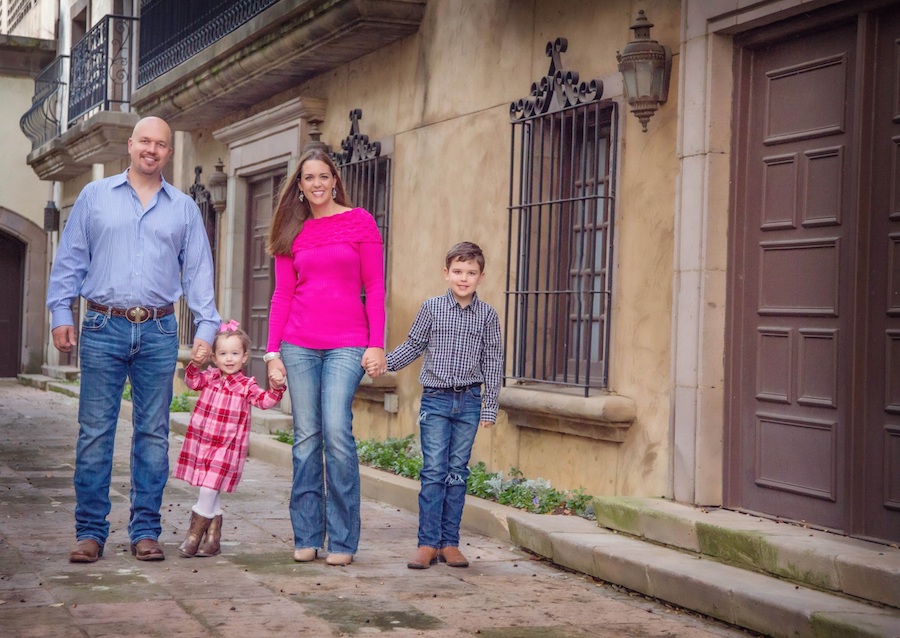
In 2014 Dr. Vusirikala gave Meredith the OK to try to get pregnant, though she cautioned her not to get her hopes up. This time, though, fortune was on Meredith’s side.
It was a high-risk pregnancy and there were complications, most notably though not unexpectedly, low platelet levels. Alexis was born March 27, 2015. Today the little girl is a healthy preschooler, who has known her shapes and colors since she was 2, and is obsessed with her older brother.
There’s a risk of secondary cancers due to radiation and high-dose chemotherapy, and Meredith will continue to see Dr. Vusirikala once a year. But Meredith says it’s hard to imagine life being better than it is now, and that her experience, difficult as it was, improved her life in some ways. “Bringing me to my absolute lowest point and then rebuilding changed me, making me value things I previously took for granted. Playing with my children at the park, going out to a restaurant. It’s made me appreciate little luxuries that are taken away from you when you have no immune system.
“And Alexis is a miracle. Something that should have been impossible. I feel that because she conquered such incredible odds and so did I, that we’re woven from a very, very similar cloth, and she’s going to light up this world in a big way,” Meredith says.
The Harold C. Simmons Comprehensive Cancer Center, one of 49 NCI-designated Comprehensive Cancer Centers in the U.S. and the only one in North Texas, is among just 30 U.S. cancer research centers to be designated by the NCI as a National Clinical Trials Network Lead Academic Participating Site.
About UT Southwestern Medical Center
UT Southwestern, one of the premier academic medical centers in the nation, integrates pioneering biomedical research with exceptional clinical care and education. The institution’s faculty has received six Nobel Prizes, and includes 22 members of the National Academy of Sciences, 16 members of the National Academy of Medicine, and 15 Howard Hughes Medical Institute Investigators. The faculty of more than 2,700 is responsible for groundbreaking medical advances and is committed to translating science-driven research quickly to new clinical treatments. UT Southwestern physicians provide care in about 80 specialties to more than 105,000 hospitalized patients, nearly 370,000 emergency room cases, and oversee approximately 2.4 million outpatient visits a year.

